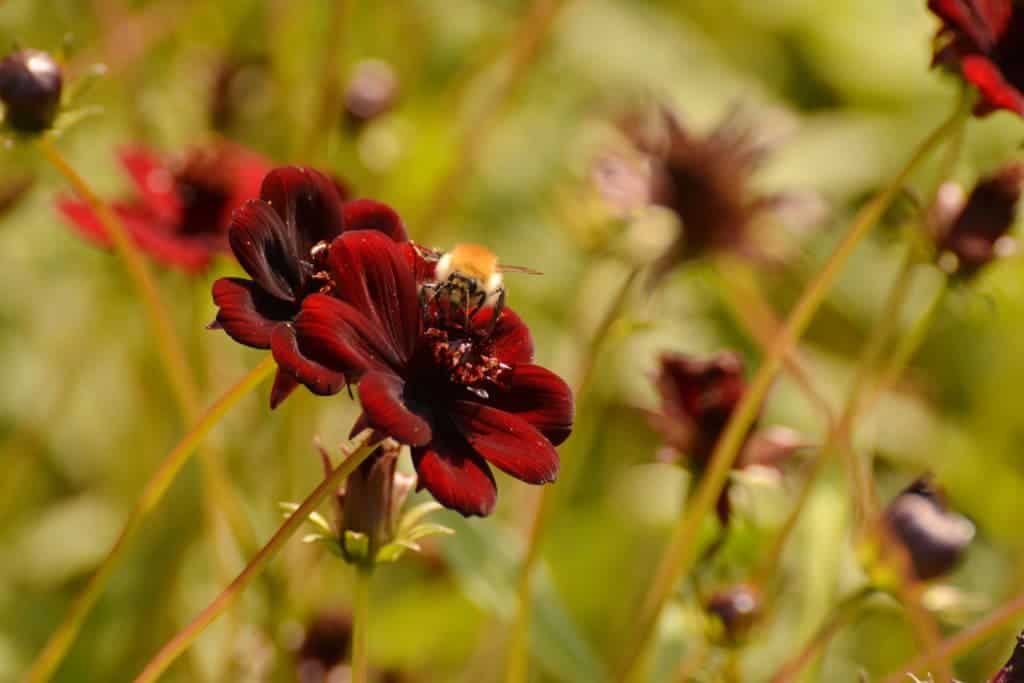As mankind continues to expand its urban areas, this often comes at the detriment of natural ecosystems. For pollinators, however, cities aren’t necessarily that bad. If we plant and carefully manage our green spaces with the right plants, cities can help support pollinator populations.

In terms of wildlife, cities are generally regarded as barren and desolate — but that isn’t necessarily the case. While cities offer little in the way of ecosystem support for most creatures, cities can also help play their part to support biodiversity. Take pollinators, for instance. Alarmingly, pollinator populations are declining all over the world, but a few small studies have shown that cities (or rather, some parts of cities) can do a lot to support them.
In a new, large-scale study, researchers analyzed the floral resources and pollinators in 360 sites in four major British cities, identifying which type of area does the most to support the insects.
Urban areas are complex mosaics of different land uses. As a result, the value they can offer to pollinators can also vary dramatically. Therefore, researchers split urban areas into nine different classes: sidewalks, man-made surfaces, cemeteries, nature reserves, other green spaces, parks, residential gardens, road verges, and community gardens (also known as ‘allotments’). These areas didn’t cover the entire city area, accounting for about three-quarters of it.
As expected, some areas were better than others, with the greener areas offering more support than sidewalks or car parks, for instance. But not all green areas are the same, the study found. For instance, allotments (which often feature vegetables or other edible plants) performed much better than the average, as did residential gardens. In total, residential and community gardens support much higher pollinator abundances than the other classes of urban land — with up to 50 times more bees than areas with manmade surfaces, such as car parks and industrial estates. In general, the higher the floral density, the more pollinators tended to visit the site.
“We show that residential gardens and allotments (community gardens) are pollinator ‘hotspots’: gardens due to their extensive area, and allotments due to their high pollinator diversity and leverage on city-scale plant–pollinator community robustness,” researchers write. They also found a positive correlation between the number of pollinators and household income, largely because more affluent households tend to have bigger gardens with more flowers.
There were also significant differences based on the type of flowers. Five species stood out: the creeping thistle (Cirsium arvense), hogweed (Heracleum sphondylium), creeping buttercup (Ranunculus repens), starflower (Borago officinalis) and dandelion (Taraxacum species). Researchers say that if municipalities and residents are encouraged to plant these plants, they can do wonders for pollinators as they have more nectar and pollen. However, some of these plants (particularly the thistle and the dandelion) are regarded as weeds and often times, not even tolerated — let alone planted. Meanwhile, some of the more popular flowers like the daisy (Bellis perennis) and the hydrangea (Hydrangea macrophylla) offer surprisingly little support, as they have much less pollen and nectar.
Researchers also found no major difference between different types of pollinators — in other words, what works for bees also works for butterflies or other pollinators.
The authors also simulated how different urban planning schemes could affect the pollinators. They find that increasing the number of flowers in parks and roadside verges (particularly with flowers rich in pollen) and enriching plain green spaces would be simple and effective strategies for pollinator conservation in cities.
“Our results underpin urban planning recommendations to enhance pollinator conservation, using increasing city-scale community robustness as our measure of success,” researchers conclude.
The study “A systems approach reveals urban pollinator hotspots and conservation opportunities” was published in Nature.


